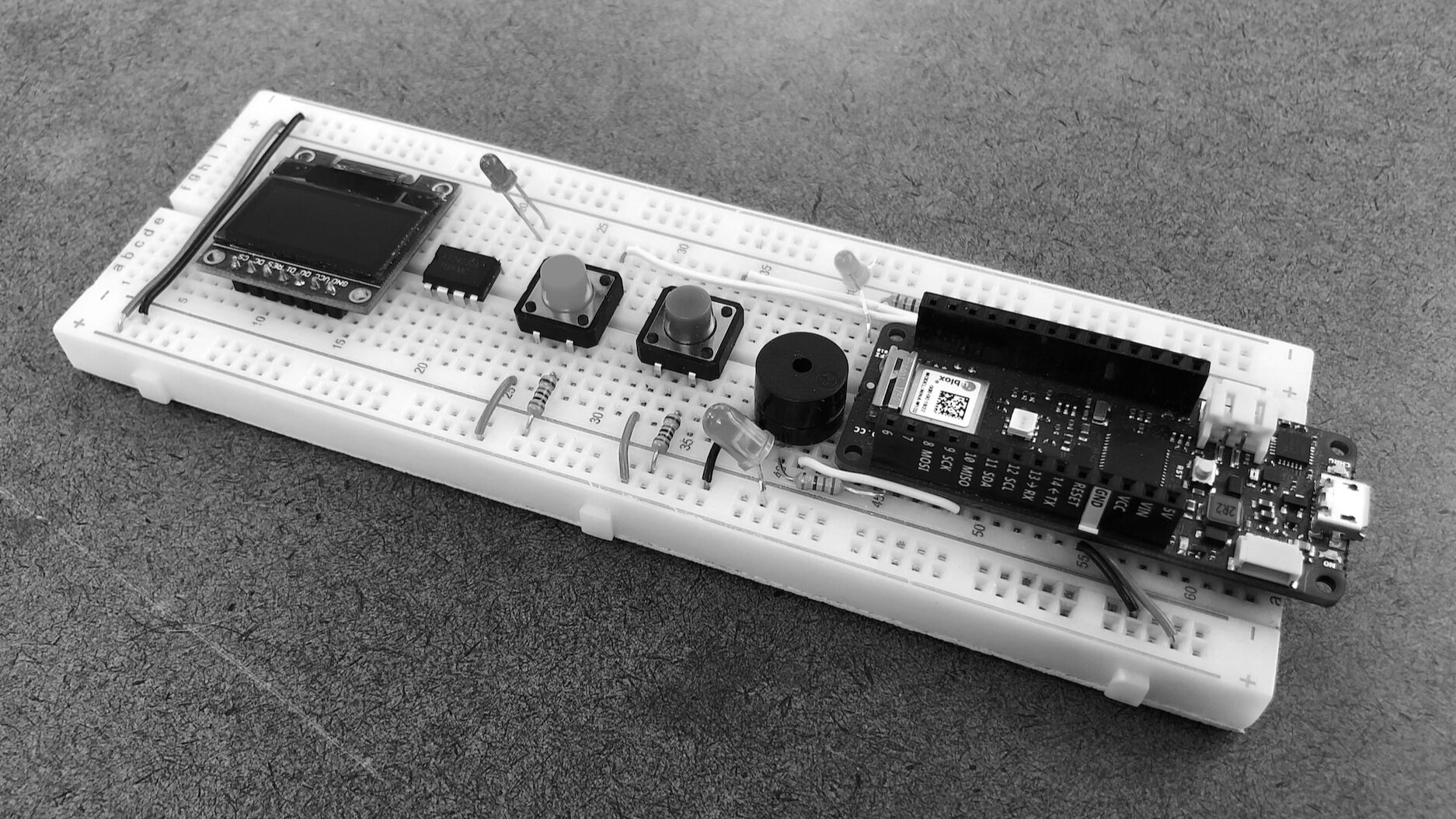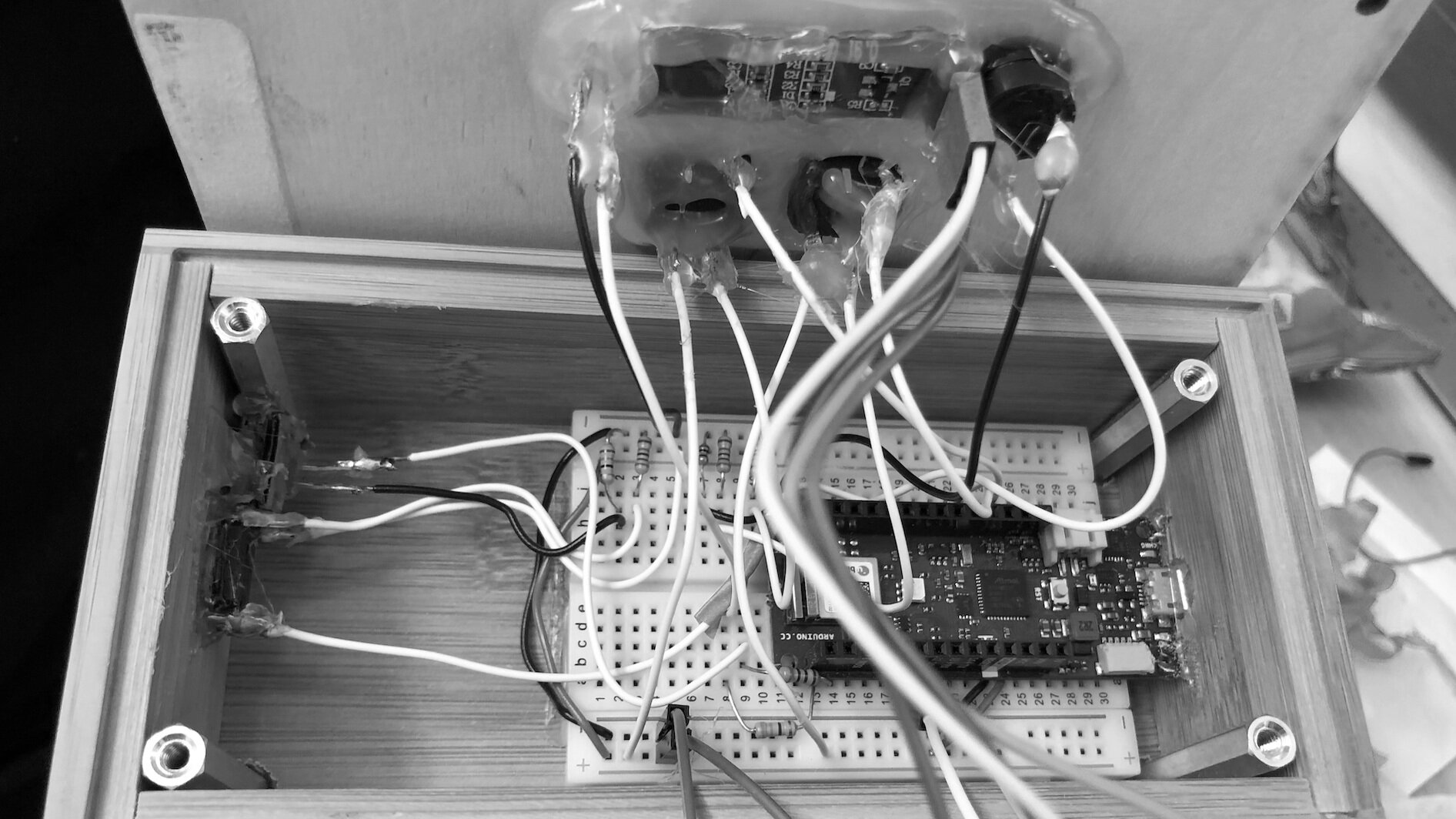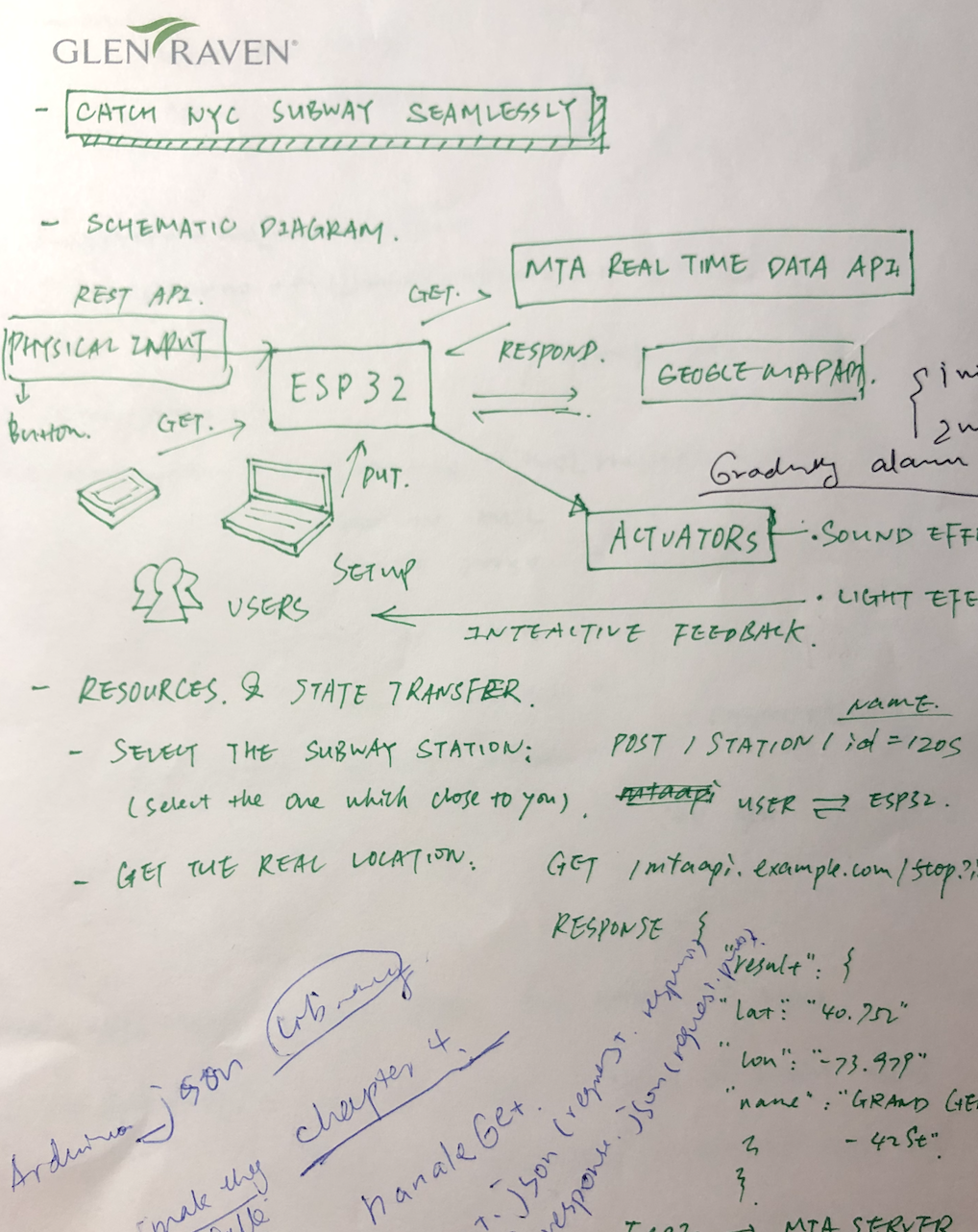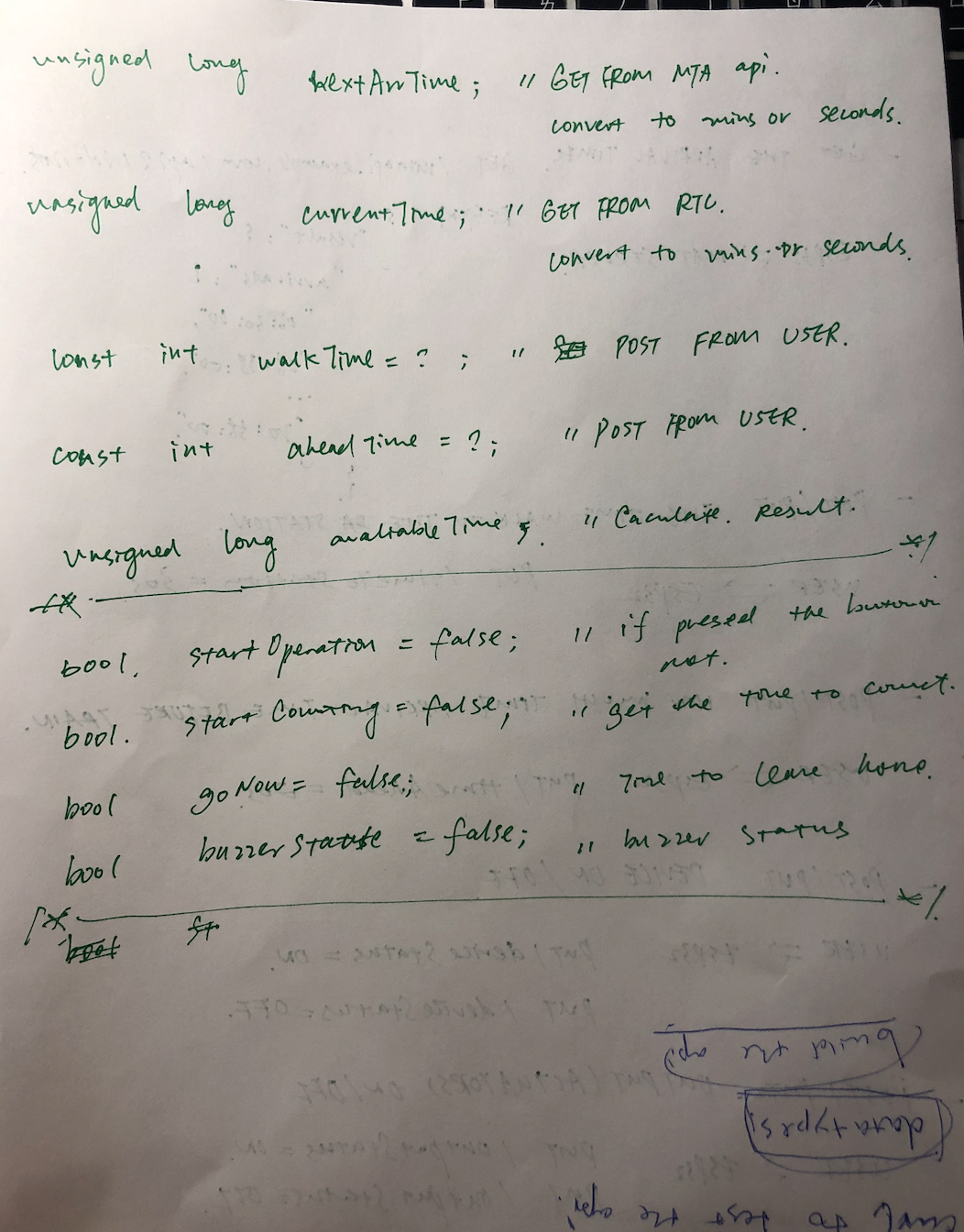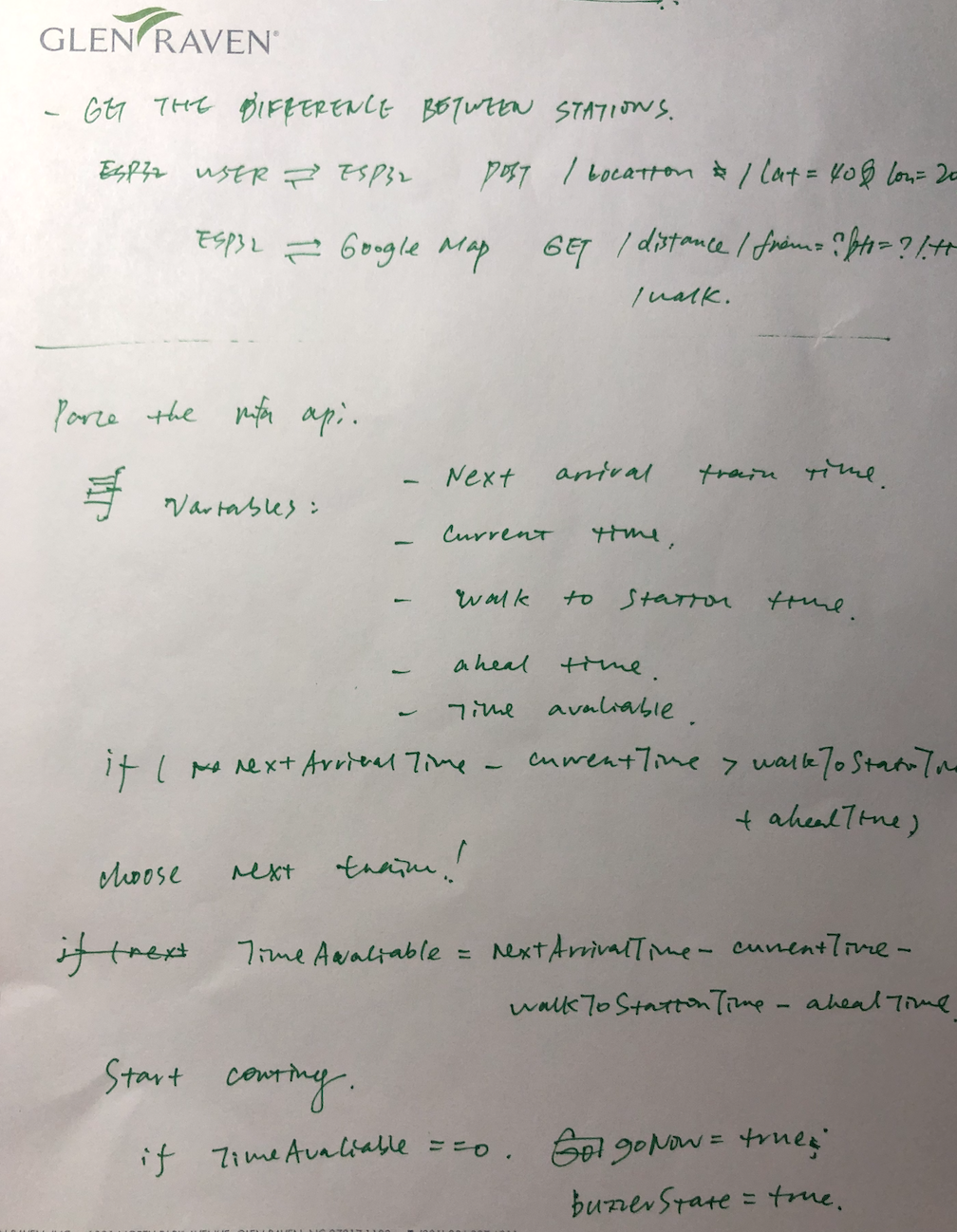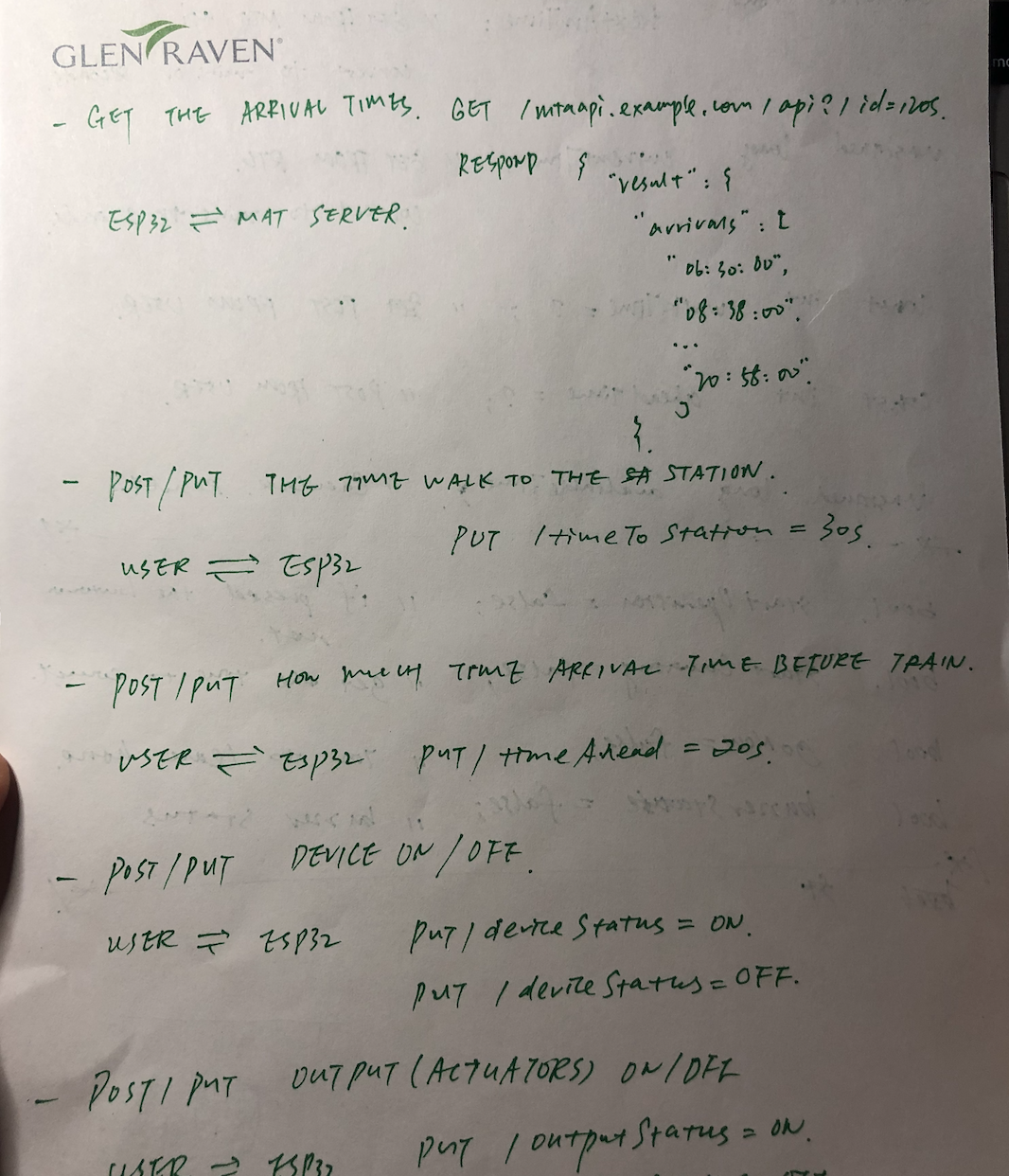Seamless MTA
“Have you ever get annoyed sometimes by waiting for a delayed subway in New York City?”
“How much time it cost you to stand on the platform until the train finally came?”
“Have you ever have missed the subway just by 10 seconds?”
Taking the subway is not always a pleasant experience in the New York City.
Seamless MTA is a stand-alone IoT smart device in your home,
which will help you to catch up the train at a perfect time.

Context / Use case
“The average number of passenger hours lost to delays systemwide during the work week between 7am and 10am this year grew by 45 percent from 2012, up from 24,000 hours to 35,000 hours.”
— The Independent Budget Office
People claim to hate wasting time.
Unoccupied time feels longer than occupied time.
Uncertain waits are longer than known, finite waits.
Anxiety makes waits feel longer.
My story with MTA
I came to New York City since 2018, commuting is one of the things I do every day, and subway is the only choice for me.
It usually take me around 30 minutes from my apartment to school in Manhattan, but to catch the train on time is never an easy thing. Sometimes, I can get on the train after waiting for 3 or 5 minutes, that’s the situation I can accept since the subway in China never comes late. However, the waiting time could be longer than I expected, it can sometimes go up to 10 minutes or more, which makes me late for the morning class. What’s the most annoying case? I bet you all had it: you swipe your card on the machine, get across the toll, and suddenly you hear the door open sound which comes from the train you are going to catch, you then start running downstair and avoid bumping into the strangers coming out from the train. Unfortunately, the door still closes mercilessly the moment you reach the platform. You gasped and had to wait for the next one at a full interval.
One day, I came with a solution, I carefully calculated the time from the moment I walked out the door to the point I stepped on the platform. This time included the time for taking the elevator, walking to the station, and time for getting through the toll. It’s 6 mins at average. Then, I checked out the train schedule before I left home. In this way, I can find the train I take properly. I helped a lot, but still, requires a lot of efforts. Think about this, morning is always a little bit crazy for most working people, checking the phone and doing a math isn’t seem to be pleasant. Besides, once you realized that you can not make to the latest train while you already dressed up and shoes on, what should you do? Take off the shoes and go back your sofa? Take some time to talk with your doorman? Either way, it could lead you to miss the train.
A year later, I finally decided to make something which can do all these jobs for me.
Framework
Just a few simple setups on the App will make your life much more easier.
How long it takes you to walk to the nearest subway station?
How long are you willing to arrived at the platform before the train comes?
Where is your home location?

User flow
Press the yellow the button to pull the real time data from MTA, then the device will do the calculation for you. If you can not make it to the next coming train, it will hop to the second one.
You can give yourself more flexible time by pressing the button on the side if the box. For example, you want to get a coffee on your way to the station or you have to refill your card that morning.
Press the green button, it will start the countdown for you. In the meanwhile, you can a short time to work on your own things like dressing up or packing your bag.
The buzzer will alert you when time is up. It is the right time for you to leave home based on your own routine.
Bingo! You will grab the train on time.

Documentation & Progress
